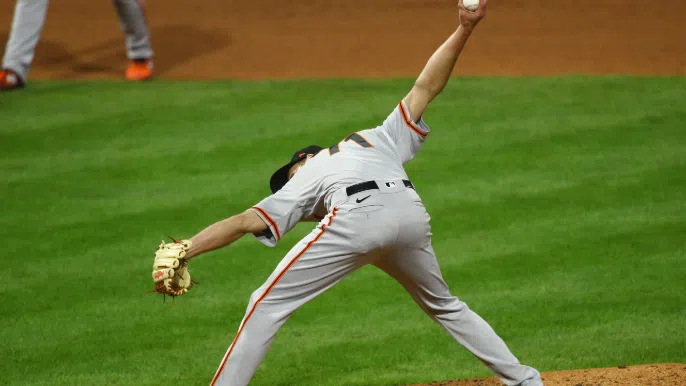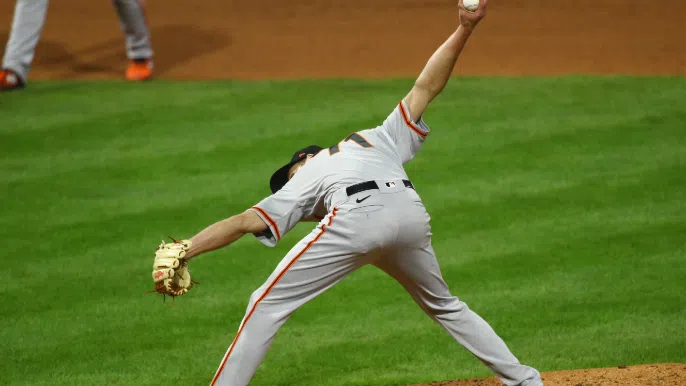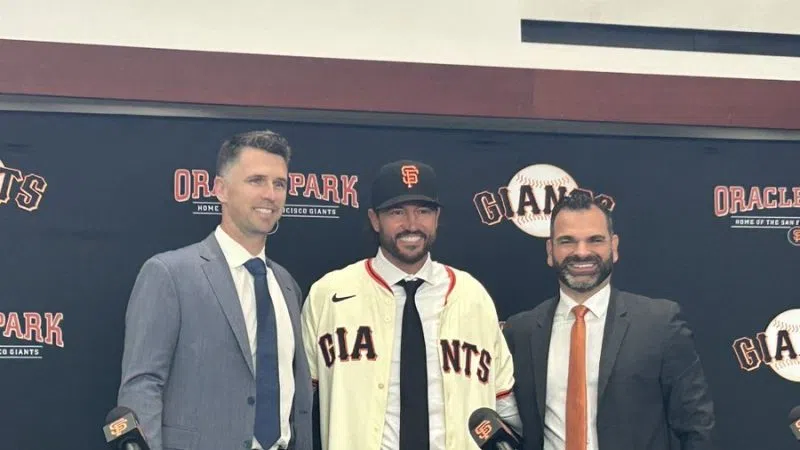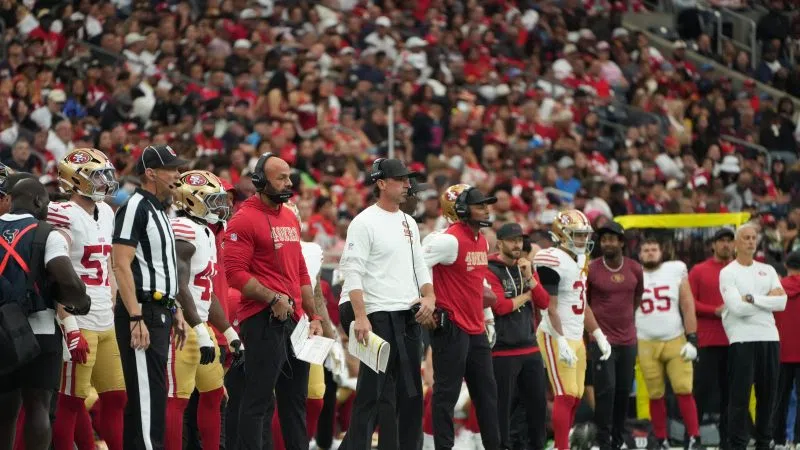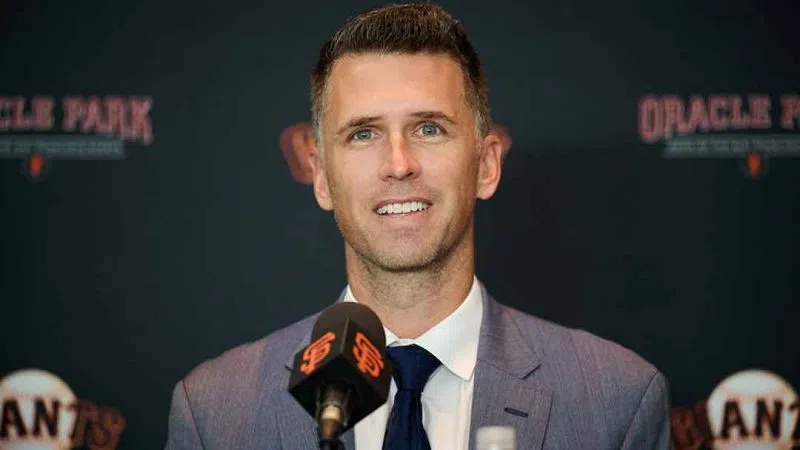It took entirely too long for the Giants to notice Tyler Rogers, who toiled through 342 games in the minors, including 179 at the Triple-A level, before they finally gave him a shot in 2019.
Now they can’t stop calling for him.
Last year the submariner led the NL in appearances with 29 in a 60-game season. This year, with 13 games pitched in their first 20, he is on pace for 105, which would narrowly miss Mike Marshall’s 1974 record of 106 appearances, set with the Dodgers. It would easily clear the Giants’ best, a tie of 89 games apiece for Jim Brower (2004) and Julian Tavarez (1997).
But record-keepers (er, Baseball Reference coders?) probably don’t need to be reaching for the record books. The season is not yet four weeks old, and Gabe Kapler laughed when presented with the triple-digit number. By the end of the season, he thinks it’ll calm down.
“We’ll get him the kind of workload that you would get a really good reliever that gets used regularly,” the manager said before the Giants faced off with the Marlins at Oracle Park on Saturday.
And yet.
Rogers has established himself as a go-to option out of the bullpen, Jake McGee’s setup man, who consistently induces soft contact. He has been unscored upon in nine straight games and boasts a .066 ERA. He does it as no one else in baseball does it, with a delivery that nearly causes him to need bandages for his knuckles that come so close to scraping the dirt.
The most prized bullpen arms — including a few newcomers on the Giants — typically register high-90s heat that blows hitters away. Rogers’ low-80s fastball and low-70s slider will not overpower anyone but seem to frustrate everyone.
Can that delivery turn his arm rubber?
“You know, I’m not sure. I think I go back and forth on that, to be honest with you,” Rogers said Saturday, and while his windup might not be as high-intensity as a power arm, “there’s a lot of moving parts in my delivery.”
The flat answer is the Giants do not know how far can he can go. There is far less data out there on pitchers’ durability who throw underhand, and in an age of power, maybe funk can last longer.
What Kapler relies upon more than comparative tracks records is Rogers himself, who continually tells the manager he can keep going. He entered a four-run game with the Marlins on Friday and threw a scoreless inning, his third in four nights; his fifth in seven nights.
Last year, the more that Rogers threw, the better the results tended to be. Manager and reliever talked earlier Saturday, and Rogers told him that his workload at the moment “is actually really good.”
“He seems to pitch better when he pitches more frequently and more regularly,” said Kapler, whose Giants have not had a single blowout — every game has been decided by four runs or fewer — which has added to the need for reliable, late-game arms. “That’s not to say that we don’t have to be cognizant of his workload — we do, that’s true for all our relievers. But he’s a little bit different. You don’t have a lot of deliveries like Tyler Rogers’ delivery.”
Entering play Saturday, no one in baseball had pitched in more games, and tied for second on that list is McGee (with 12 games). The Giants will have to back off their closer from time to time, and they did following his 35-pitch outing last Saturday.
It is not as clear whether that will prove true for Rogers. Injuries, ineffectiveness and a tired arm will crop up throughout marathon seasons, and it’s likely bound to happen with Rogers at some point, too. But he takes pride in always being able to bounce back, especially for a 30-year-old who spent seven years in the minors.
“I think it’s a way that I can show my value in this game, not being someone who’s typically going to strike a lot of guys out or throw hard or do anything like that,” said Rogers, who’s struck out eight in 13 2/3 innings. “I think me being able to pitch in a lot of games is my value.”
Just how valuable can he be?
“The pace I’m on right now is definitely doable,” Rogers said, and the pace would be historic.
